1. Hue Monuments Complex
The Complex of Hue Monuments is located along both banks of the Perfume River in Hue City and some neighboring areas of Thua Thien Hue Province. Hue City is the cultural, political and economic center of the province, and was the ancient capital of feudal Vietnam under the Nguyen Dynasty, from 1802 to 1945.
The ancient capital of Hue is the former capital of Vietnam, famous for a system of temples, pagodas, citadels, mausoleums, and majestic architecture associated with the poetic natural landscape of mountains and rivers. Located on the northern bank of the Perfume River, the overall architecture of the ancient capital of Hue is built on a flat area of over 500 hectares and is limited by three walls in order of large on the outside and small on the inside: Kinh Thanh, Hoang Thanh and Tu Cam Thanh.
These three citadels are nested together, arranged symmetrically on a vertical axis running from the South to the North. The citadel system here is a model of a harmonious combination of the quintessence of Eastern and Western architecture, set in a fascinating natural setting with many naturally available symbolic elements.
In 1993, the Hue Monuments Complex was recognized by UNESCO as a World Cultural Heritage.
2. Ha Long Bay
Ha Long Bay is a unique heritage because it contains important traces in the process of formation and development of the earth's history, is the cradle of ancient Vietnamese people, and is also a great work of art created by nature with the presence of thousands of rocky islands of various shapes; many interesting caves gather into a world that is both vivid and mysterious.
In addition, Ha Long Bay is also a place of high biodiversity with typical ecosystems such as mangrove ecosystems, coral reef ecosystems, tropical forest ecosystems... along with thousands of extremely rich and diverse species of flora and fauna.
In 1994, UNESCO officially recognized Ha Long Bay as a World Natural Heritage for its outstanding landscape value. In 2000, Ha Long Bay was recognized by UNESCO for the second time as a World Geological Heritage for its unique geological and geomorphological values.
3. My Son relic site
My Son Sanctuary is located in a closed valley with majestic and solemn mountain terrain. Here, with more than 70 architectural works of temples and towers of the Champa civilization crystallized in lasting material relics, containing historical, cultural, architectural and artistic values.
Begun in the 4th century, My Son is a complex of more than 70 temples and towers with many architectural and sculptural styles typical of the Cham people. This is considered one of the main temple centers of Hinduism in Southeast Asia and is the only heritage of this genre in Vietnam.
In 1999, My Son relic site was recognized by UNESCO as a World Cultural Heritage.
4. Hoi An Ancient Town
Hoi An ancient town is located in Hoi An town, Quang Nam province. This is a neighborhood formed in the 16th-17th century, formerly a commercial port of the Central region. Up to now, Hoi An ancient town still preserves almost intact the complex of architectural relics including many types such as houses, assembly halls, communal houses, pagodas, temples, wells, bridges, clan churches, ports, markets combined with horizontal and vertical traffic routes to form squares like a chessboard, a popular model of Eastern commercial cities in the Middle Ages.
The ancient town of Hoi An today is a special example of a traditional port town in Southeast Asia that has been preserved intact and carefully. Most of the houses here are traditional architectures dating from the 17th to the 19th century, arranged along narrow streets. Interspersed among the townhouses are religious and belief architectural works that testify to the process of formation, development and even decline of the city.
In 1999, Hoi An ancient town was recognized by UNESCO as a World Cultural Heritage.
5. Phong Nha – Ke Bang National Park
Phong Nha – Ke Bang National Park is a nature reserve in Bo Trach District, Quang Binh Province, with a total area of 85,754 hectares. The characteristics of this national park are limestone formations, caves, underground rivers and rare flora and fauna listed in the Vietnam and World Red Book. In particular, in addition to the forest habitat system and wildlife, this area contains within it a system of over 300 large and small caves known as the “kingdom of caves.”
Phong Nha – Ke Bang is considered a giant geological museum of global value and significance due to its complex geographical structure, gathering many different types of rocks such as sandstone, quartz, schist, siliceous limestone, marl, granodiorite, diorite, aplite, pegmatite, etc.
In 2003, Phong Nha - Ke Bang National Park was recognized by UNESCO as a World Natural Heritage.
6. Hue royal court music
It is a type of scholarly music of the monarchical dynasties in Vietnamese society for more than 10 centuries. Nha Nhac aims to create solemnity for the sacrifices and court ceremonies such as Giao Sacrifice, Temple Sacrifice, Dai Trieu Sacrifice, Thuong Trieu Sacrifice...; This quintessence was condensed under the Nguyen Dynasty, making Hue more affirmed as a typical cultural center of the nation.
Nha nhac refers to Vietnamese court music performed at annual ceremonies including anniversaries and religious holidays as well as special events such as coronations, funerals or official receptions.
In 2003, Hue royal court music was recognized by UNESCO as a Masterpiece of the Oral and Intangible Cultural Heritage of Humanity.
7. Central Highlands gong cultural space
The space of gong culture in the Central Highlands spans across five provinces: Kon Tum, Gia Lai, Dak Lak, Dak Nong, Lam Dong, and the owners of this unique cultural form are the residents of the Central Highlands ethnic groups: Bana, Xedang, Mnong, Coho, Romam, Ede, Giarai... Gongs are closely associated with the lives of the Central Highlands people, and are the voice of the spirit and soul of the people, to express joy and sadness in their lives, in their work and daily activities.
Gong culture is an art form associated with the cultural history of ethnic minorities living along the Truong Son-Tay Nguyen. Each ethnic group in the Central Highlands uses gongs in their own way to play their own ethnic music, especially during festivals, welcoming the New Year, celebrating a new house, etc. Over the years, gongs have become a unique, charming and attractive cultural feature of the Central Highlands.
In 2005, the Central Highlands gong cultural space was officially recognized by UNESCO as a Masterpiece of the Oral and Intangible Cultural Heritage of Humanity.
8. Bac Ninh Quan Ho
Quan Ho Bac Ninh is a folk song of the Northern Delta region, mainly concentrated in Kinh Bac region (Bac Ninh and Bac Giang). This is an art form composed of many elements such as music, lyrics, costumes, festivals... with a rustic singing style, expressing the close relationship between "lien anh" and "lien chi" Quan Ho singers and is a typical cultural feature of the people of Kinh Bac region.
The UNESCO Expert Council highly appreciated the special cultural values, social customs, performing arts, singing techniques, cultural behavior, repertoire, language and even costumes of this art form.
In 2009, UNESCO officially recognized Quan Ho as an Intangible Cultural Heritage of Humanity.
9. Ca Tru
Ca Tru singing (or “a dao” singing, “co dau” singing) is a traditional art form of Northern Vietnam, very popular in the cultural life of this region since the 15th century. Ca Tru uses three special musical instruments (not only in structure but also in the way of playing) which are dan day, phach and chau drum. In terms of literature, Ca Tru has given rise to a unique literary genre called hat noi.
UNESCO's expert council assessed Ca Tru: Ca Tru has undergone a development process since at least the 15th century, performed in diverse cultural spaces associated with many different historical periods. Ca Tru demonstrates a sense of identity and continuity in performing arts, is creative, and is passed down from generation to generation through guild organizations. Despite many historical and social changes, Ca Tru still has its own vitality because of the value of art to Vietnamese culture.
On October 1, 2009, Vietnam's Ca Tru was recognized by UNESCO as an intangible cultural heritage in need of urgent protection.
10. Thang Long Imperial Citadel – Hanoi
The Central Area of the Imperial Citadel of Thang Long-Hanoi includes the archaeological site at 18 Hoang Dieu with an area of over 47,000m2 and the Hanoi Citadel with an area of over 138,000m2 , forming a unified heritage. This is a clear demonstration of a heritage that is directly related to many important events in Vietnamese history in relation to the region and the world; it is the only demonstration of the long-standing cultural tradition of the Vietnamese people in the Red River Delta throughout history.
The archaeological cultural layers, architectural and artistic relics of the heritage reflect a continuous historical chain of dynasties ruling Vietnam in terms of ideology, politics, administration, law, economy and culture for nearly a thousand years.
It is rare in the world to find a heritage that demonstrates such long-term continuity of political and cultural development as the Central Sector of the Imperial Citadel of Thang Long-Hanoi.
Source: https://baobinhphuoc.com.vn/news/19/91767/10-world-cultural-di-san-cua-viet-nam


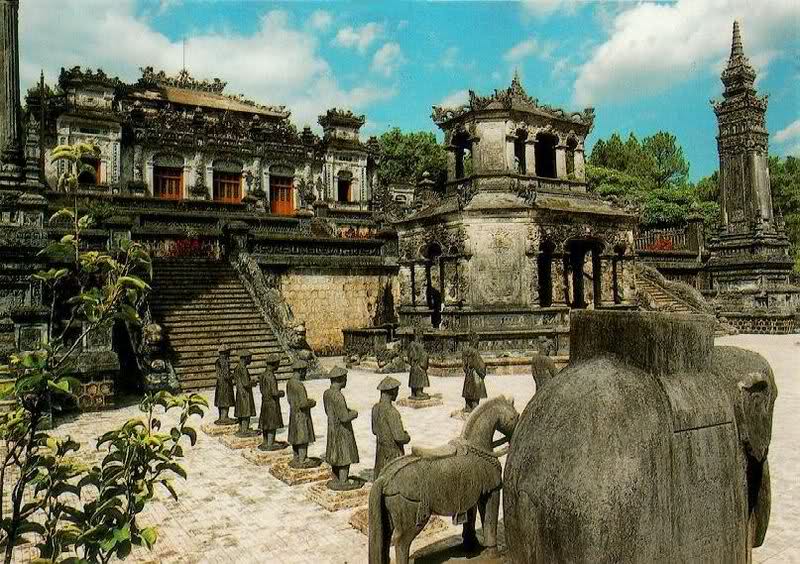
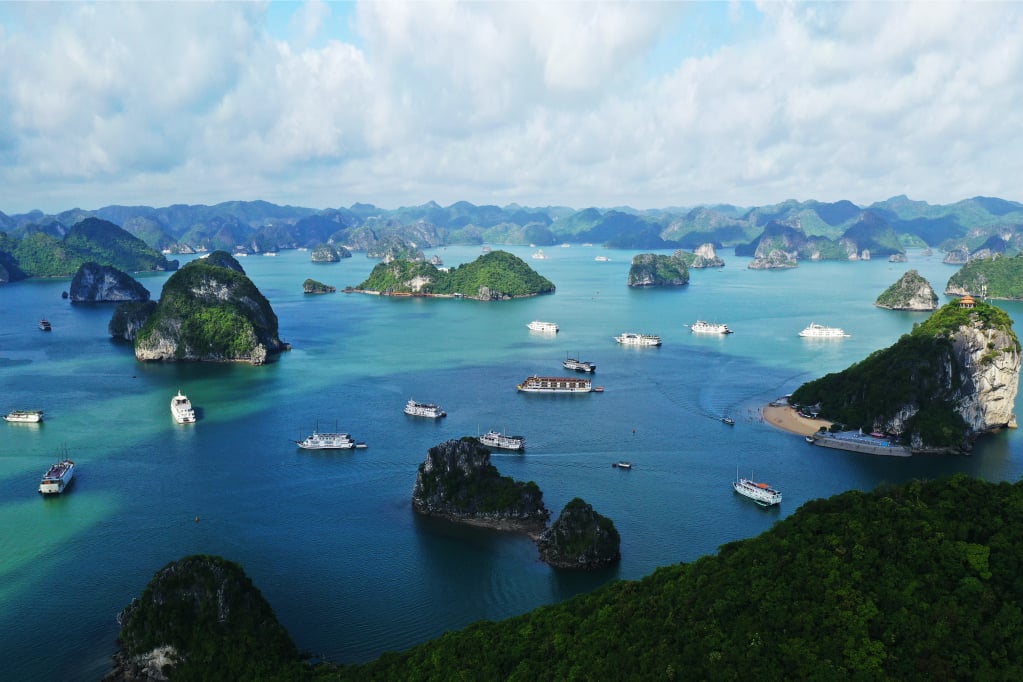
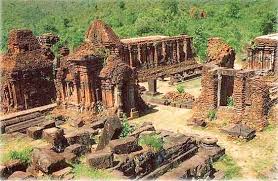
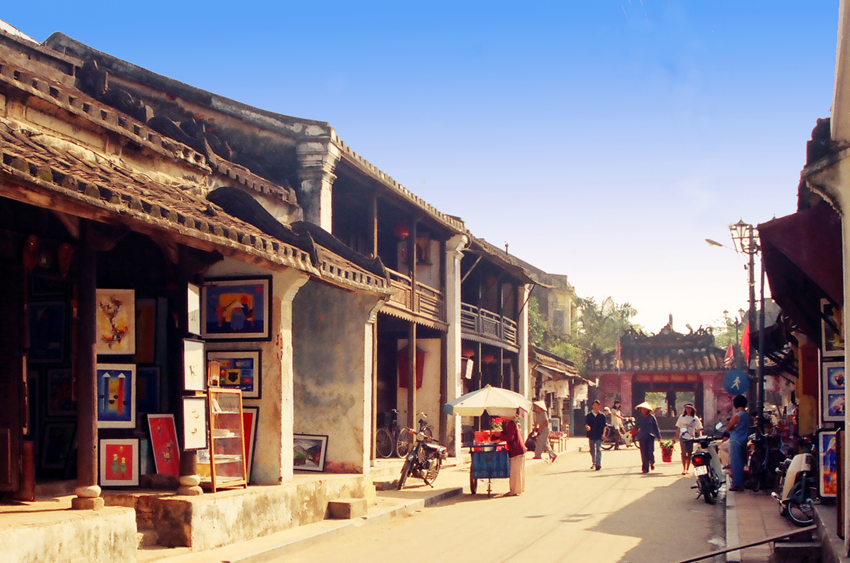
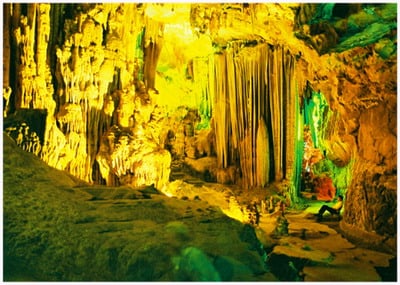
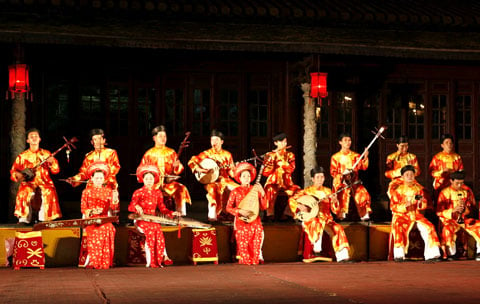
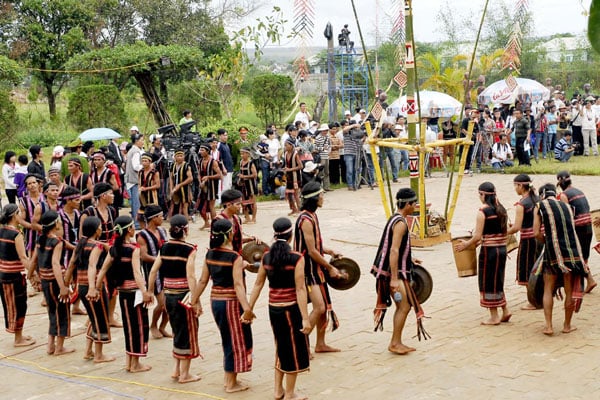
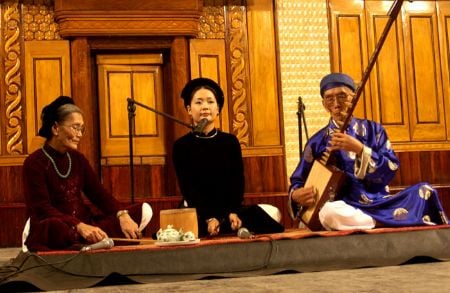
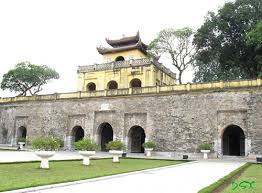


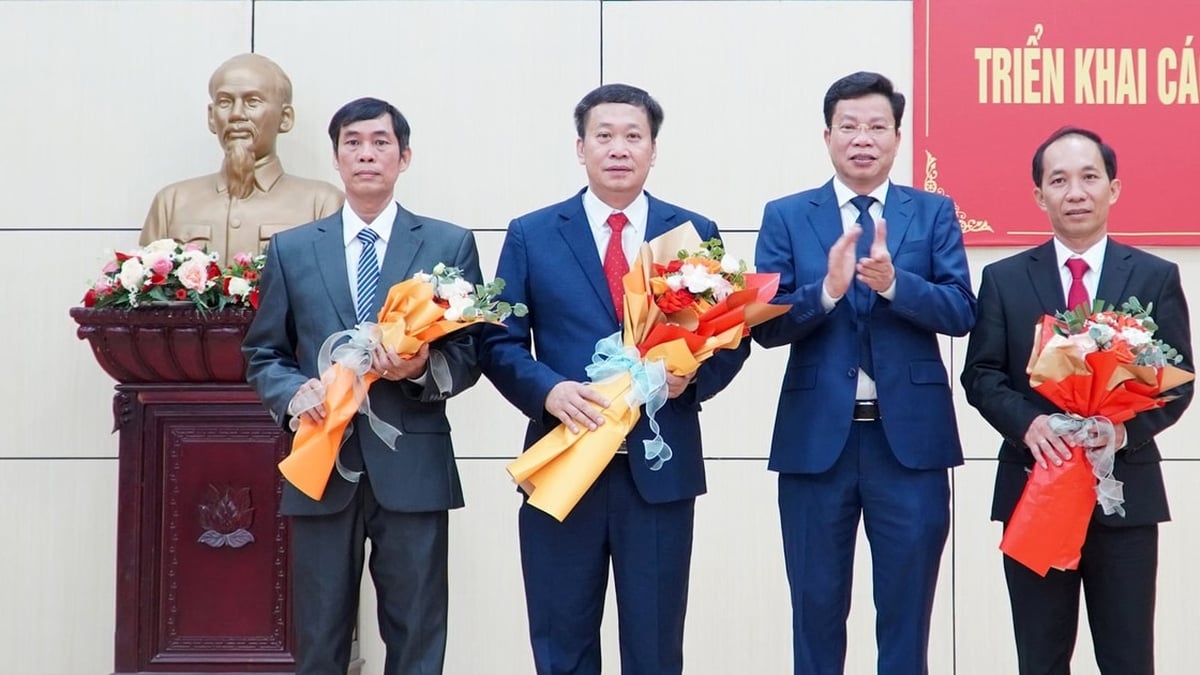
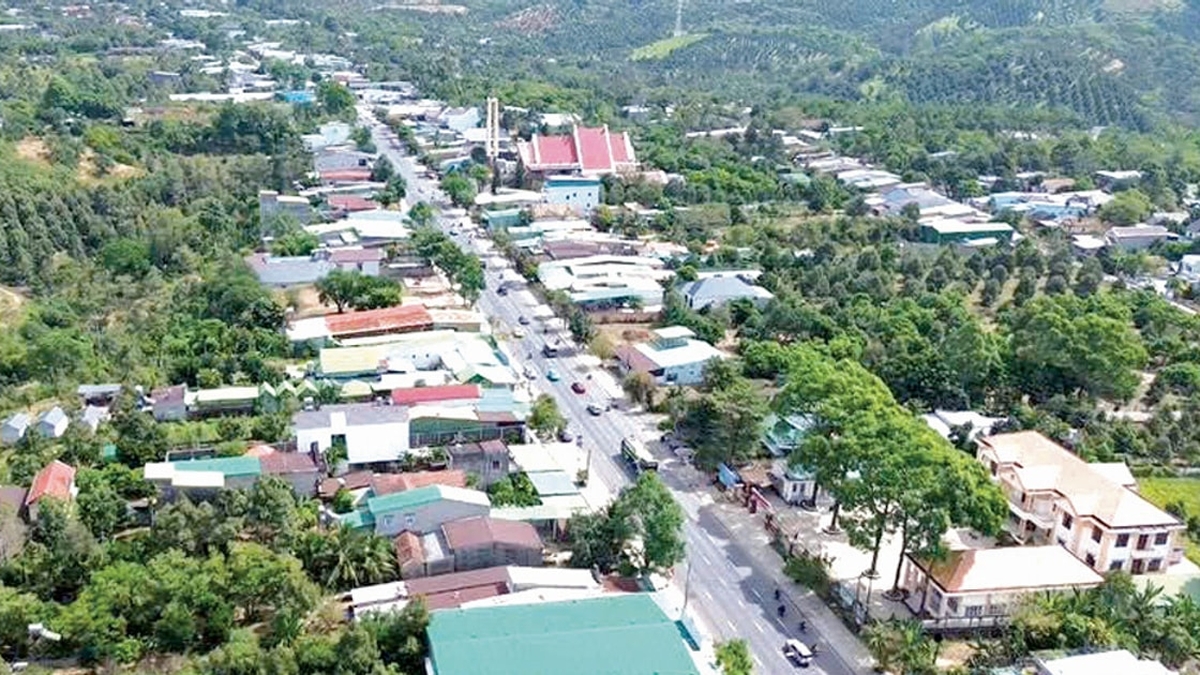

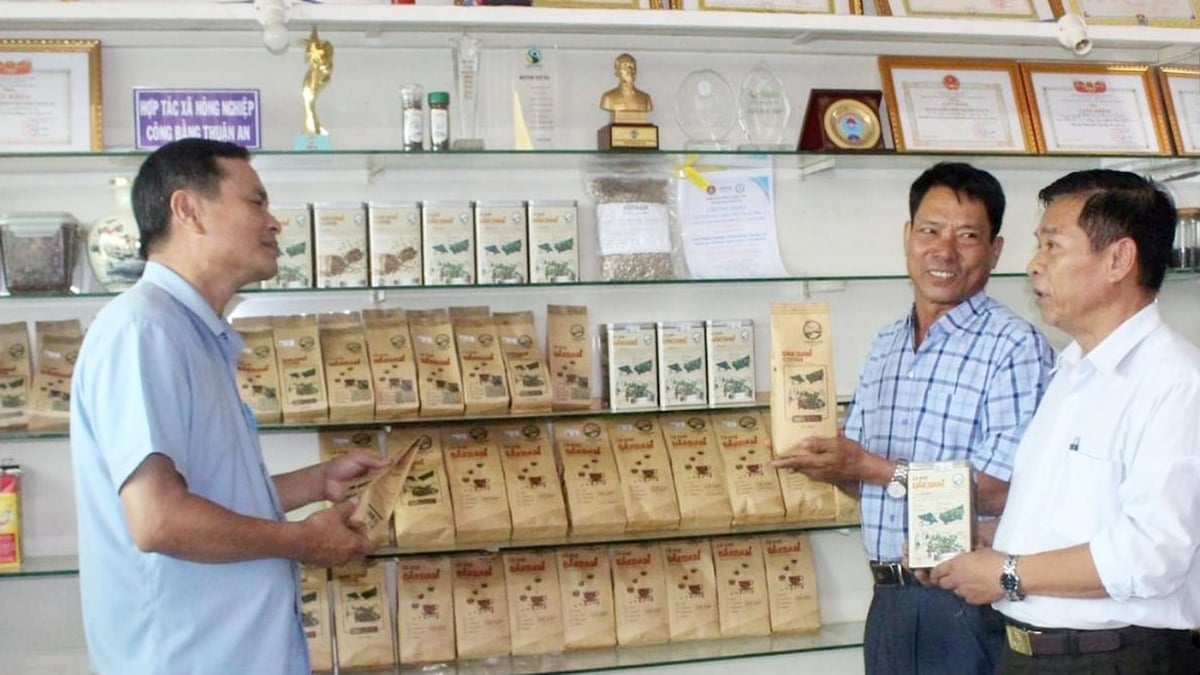

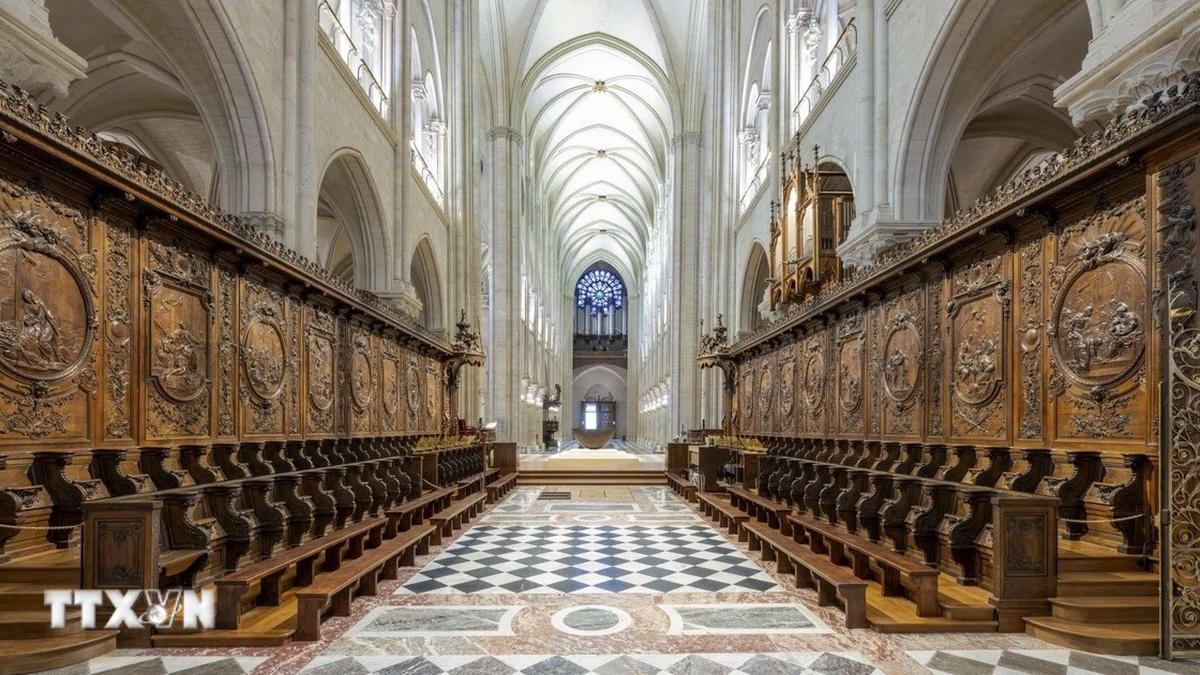

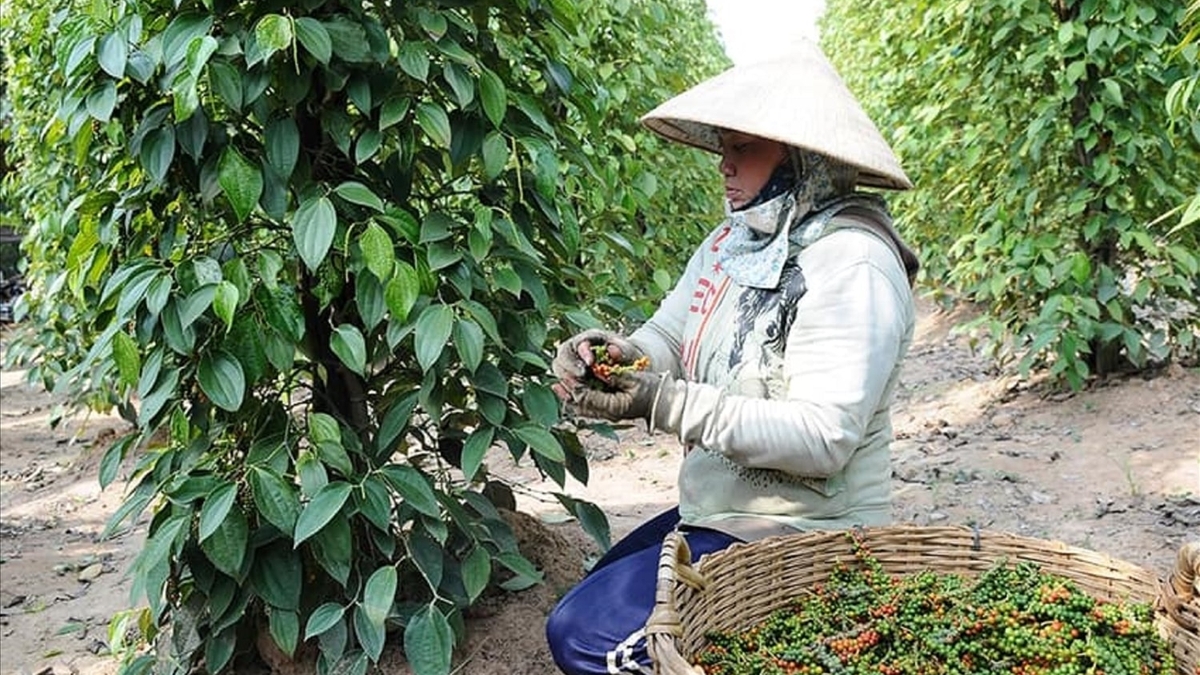


















![[Photo] National Assembly Chairman Tran Thanh Man visits Vietnamese Heroic Mother Ta Thi Tran](https://vphoto.vietnam.vn/thumb/1200x675/vietnam/resource/IMAGE/2025/7/20/765c0bd057dd44ad83ab89fe0255b783)

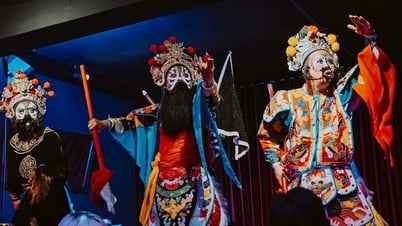































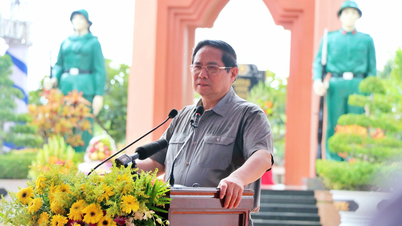
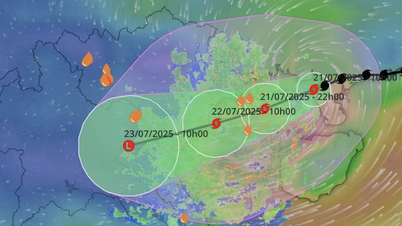





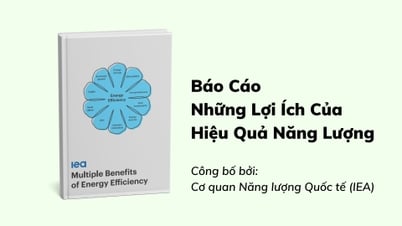


























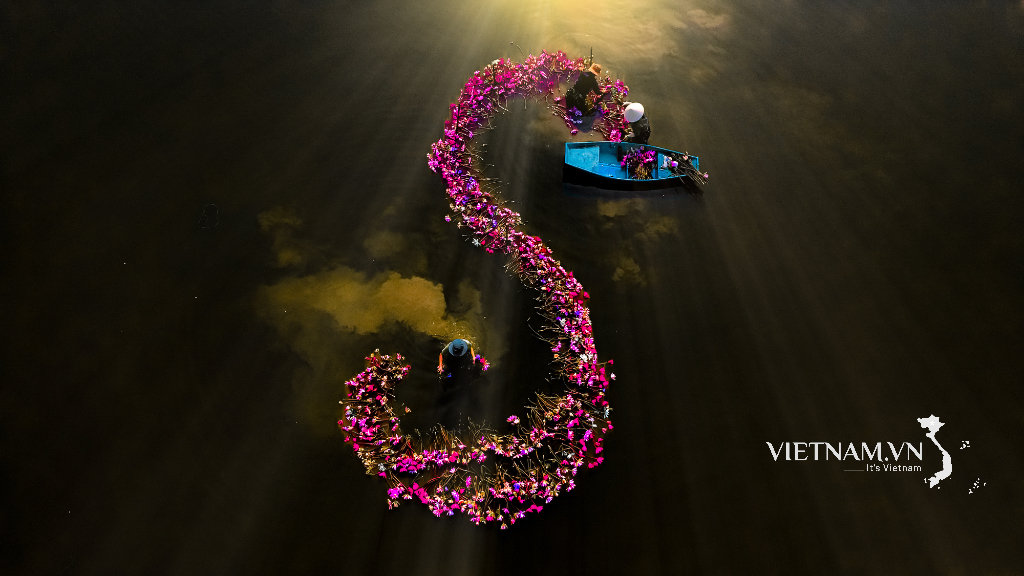
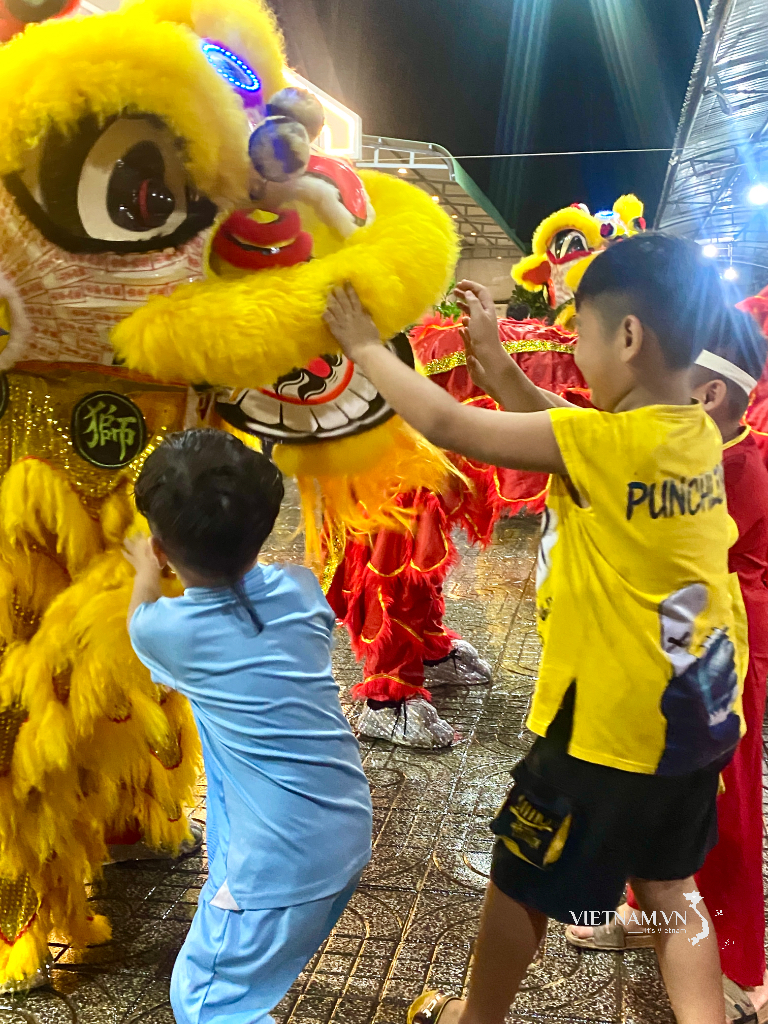

Comment (0)